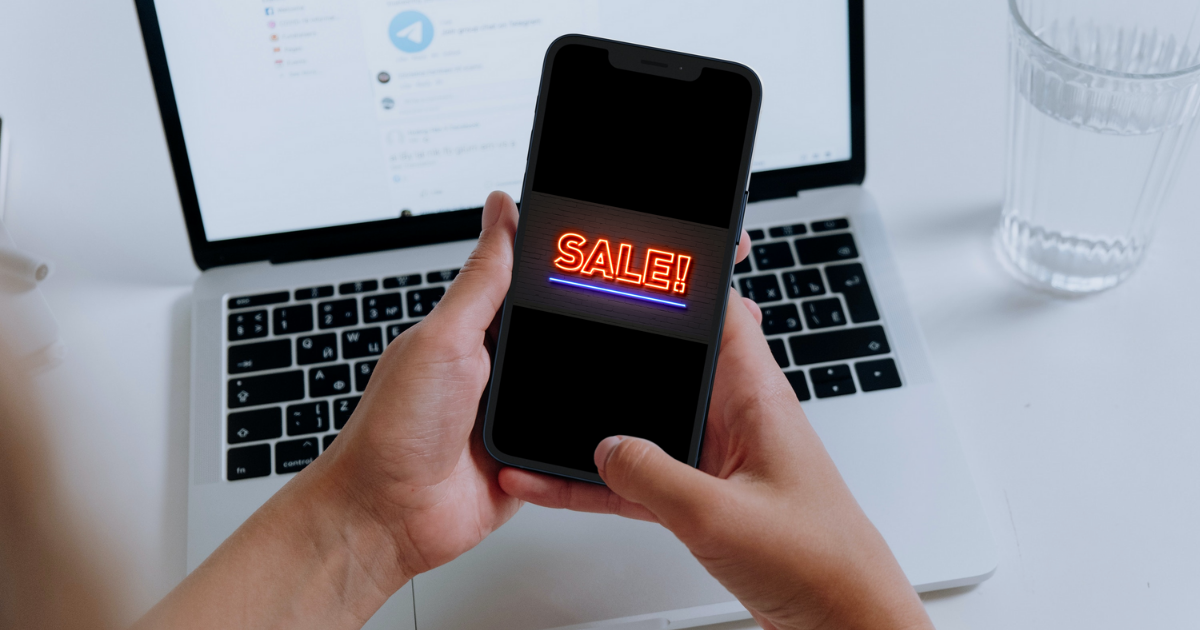
The list goes on and on for reasons why customers don’t respond when you send them messages. Last year we covered just four on the Skipio blog. And it could be any one of those things or a combination of issues or something you haven’t even thought of as being a problem.
But considering how low response rates always seem to come back in one way or another, the more you know about these influences, the better.
So here are four more reasons your messages DON’T get responses.
Your First Message Included a Link That Looks Spammy
Even when a person is expecting a message from someone at a business, immediately seeing a link can be a red flag. This is made worse if the message itself is poorly worded.
Including links before you establish a conversation can’t and shouldn’t always be avoided. But you’ll experience more success getting responses to your initial messages by focusing on your introduction and establishing a baseline for why you’re reaching out. People want to know that there’s a real person on the other end! Then when you do end up sending a link, they’re more likely to respond positively.
Someone Has Gotten Too Many Messages From You
Overwhelming people with messages doesn’t help anyone. What counts as “overwhelming” is certainly subjective, but think about it this way. Just because carriers aren’t blocking your messages as spam doesn’t mean you’re in the clear.
You very well could be pressuring and annoying people with just a handful of messages a week. No one wants to engage with pushy people! Even if these messages are for the supposed benefit of recipients and include special offers or sales, that’s not exactly material for responses.
There is no magic number for how many texts you can send someone in a set amount of time. But generally no more than three unprompted texts a week is acceptable. “Unprompted” because obviously if you’re in an actual conversation with someone you’re not just going to stop replying.
The Salesy Language Is a Turnoff
When a text feels too promotional, that quickly turns people off from responding. It often says to them that the message is automated and not simply in a scheduled way. Instead it’s the robotic, impersonal way.
Again, tone and word choice are subjective, but watch out for marketing buzzwords, overly enthusiastic phrasing, and CTAs like, “BUY NOW, LIMITED TIME ONLY.” As powerful as it is to play off people’s emotions to get them to act, focusing so much on selling will have the opposite effect of what you want.
It’s Clear the Message Wasn’t Meant for Them
Don’t take the easy way out when targeting messages and segmenting contacts. Generic messages with irrelevant content hurt relationships with leads and customers alike.
With as personal as it is to receive messages from a business on your personal cell phone, those messages should reflect that personableness.
There might be an argument for reaching out to someone about a certain product or sale because, who knows, they might be interested! But that’s a poor way to handle your outreach and communication. Very few messages should be sent to every one of your potential, current, and past customers.
More human business texting gets more responses
The simple solution to getting consistent responses? Talk with your leads and customers like people and treat them as such. They aren’t just numbers in your CRM or the means to hitting a quota. They’re humans looking to you, another human, to help solve a problem. When your messages reflect your desire to do just that, good things happen.
Try out Skipio, the most human business texting platform, and start seeing responses right away.


